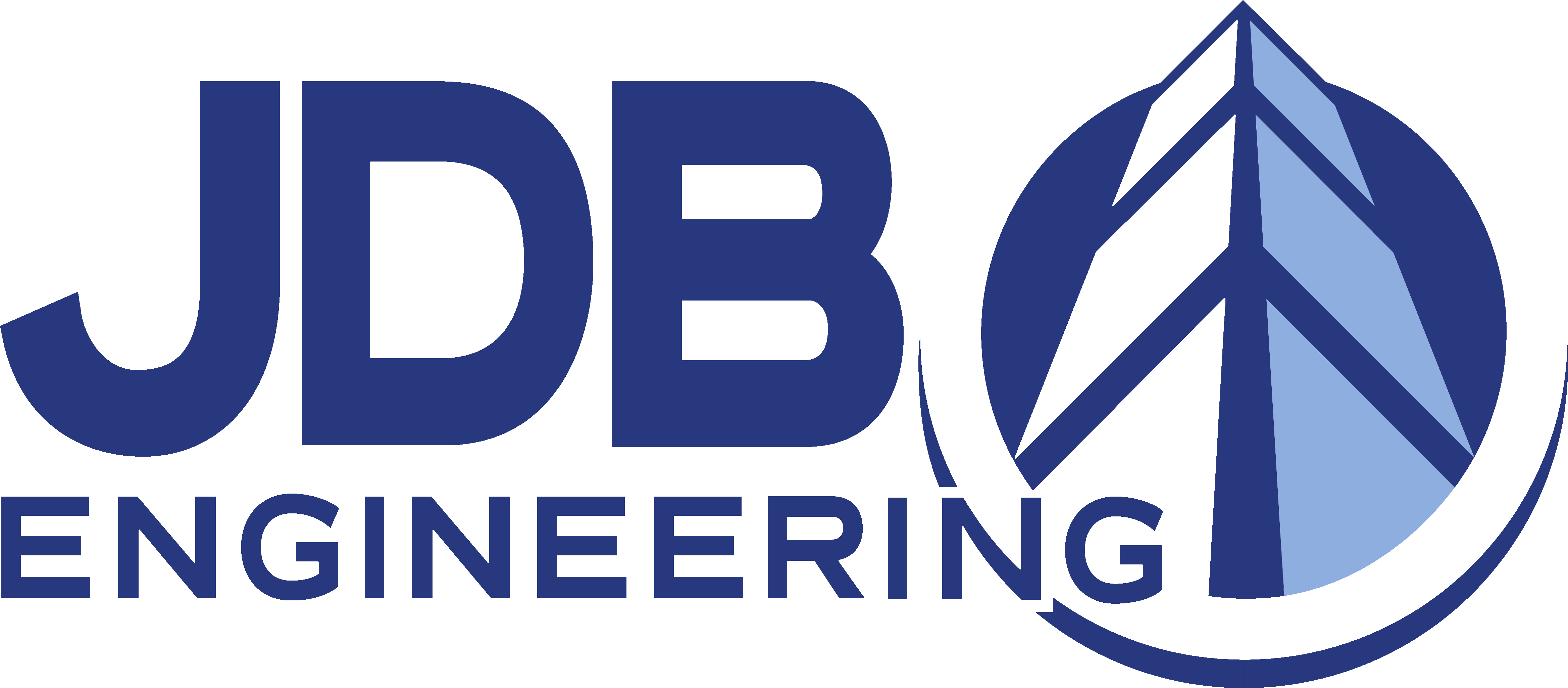By Scott D. Butcher, FSMPS, CPSM
As the short, cold days give way to longer, milder days, it’s time to evaluate your photography needs. For many of us, the Great Recession – which continues in the design and construction industry – has led to a reduction or total elimination of photography budgets as we all have looked to trim expenses. However, the need to obtain quality photography of our projects is still as important as it has always been, and perhaps even more important in this competitive environment in which we operate.
Now is the time to think about your photography needs for 2011. While people often consider the greener, warmer months as the best time to photograph architecture, the reality is that these months come with their own set of problems. For one, as the temperatures increase, so does the haziness. Furthermore, foliage can be problematic when photographing building exteriors. At its worst, trees and leaves block significant portions of a building from being visible. And even if a building’s façade is visible through your camera’s viewfinder or LCD screen, bright sunlight can create harsh shadows on a building, detracting from the design and interesting features.
If you have projects that need photographed, but don’t have the budget in place to commission a professional, here are some helpful techniques that will improve the quality of your photographs. Composition is more important than equipment, so these techniques apply whether you are using a point-and-shoot camera or a digital SLR.
Frame Your Subject

This is one of the single most common techniques for enhancing the quality of an image. Simply find something in the surrounding environment to use as a “frame” for your subject, which will most likely be a building. It can be a tree branch, a fence, an awning, an architectural detail, or anything else. What the frame does is focus the viewer’s attention on the subject. The secondary benefit of employing this technique is that you can block out a gray sky on an overcast day or shield your camera from direct sunlight and flare.
Lead the Viewer’s Eye

Another simple technique is called “leading the eye.” Locate something in the surrounding environment that leads toward the building that you are photographing. It can be a road, a sidewalk, a fence, a hedge, or anything else you can find. This leading feature acts as an arrow, pointing to your subject. This image employs both leading the eye and framing.
Use the Rule of Thirds

A simple composition rule for art and photography, the “Rule of Thirds” involves mentally splitting the image into nine equal parts by employing two equally-spaced horizontal lines and two equally-spaced vertical lines. These lines will intersect at four points around the center box. Once you have done this, your subject should be placed on or near one of the lines or at one of the intersecting points. This is a general rule of thumb, so you don’t literally have to have your subject on the line or intersecting points. Perfectly centered compositions can be effective, but there can also be a greater level of visual interest in compositions that are not centered or symmetrical. The accompanying image demonstrates a combination of techniques. The primary point of visual emphasis is the tunnel, which sits at roughly the lower left intersecting point. However, the railroad track and trail also lead the viewer’s eyes to the tunnel, while the colorful autumn foliage effectively frames the subject.
Minimize Parallax


Parallax, or the “keystone effect,” is the appearance that a building is falling backwards, and is extremely common in architectural photography. Lines that are actually straight – like the sides of a building – appear to converge at the top. While this can be fixed in Photoshop or another photo-editing program, you should try to minimize the effect while in the field. First, make sure that your camera back is parallel to the building’s façade. Often we don’t stand far enough away from a building, resulting in the need to slightly point the camera upward. This exaggerates the parallax, which can be used creatively, especially when standing at the base of a tall building and shooting upward.
In most cases, however, you will be seeking to minimize parallax. Stand as far back as you can from the subject. Sometimes, you simply can’t get back far enough to allow you to keep the camera back parallel to the building and still get the entire scene into your viewfinder. Rotate your camera 90-degress, so it is in portrait format as opposed to landscape format. While this may cause a lot of foreground to be included, you can always crop it out in a photo-editing software program. If this still doesn’t work, look at your surroundings. Is there a nearby building? If so, try to gain access to the interior or roof. Ideally you will want to be at an elevation at roughly the mid-point of the building you are photographing. In an urban environment, there may be a nearby parking garage that you can easily access. A professional architectural photographer may use a ladder or even rent a cherry picker to elevate his or her position. These images show two views of the same building. With the initial image, I was standing at street level, as far back as I could possibly go without partially obscuring the subject behind trees and streetlights. The second image was taken from a nearby parking garage, which allowed me to elevate my vantage point to avoid parallax.
Zoom In on Details and Patterns

Page through an architectural magazine, and make a note of the photographs that appeal to you. Most likely, they won’t all be overview shots. Some of the most creative architectural photographs are created by zooming in and focusing on architectural details. Rhythms and patterns that emerge through the design features, building materials, or shadows also make good subjects, as do the textures of the building itself. I personally like to stand back and get the good overview shot, then look for interesting details and patterns to photograph.
Tell A Story
Finally, tell a story with your photography. Prospective clients are rarely interested in a data dump of project facts. Rather, it is the little stories that can make your project memorable. Maybe a story relates to the project’s goals, or perhaps to a unique product that your firm specified. If an issue that arose that your firm was able to creatively solve, there may be a story in that, too. Members of the design and construction team – project managers, architects, engineers, field superintendents, etc. – know these stories better than anyone else. Talk with them to develop the stories, and then think about how you can share the information – in project descriptions, on your website, in shortlist interviews and presentations. How can photography reinforce these stories?
While this do-it-yourself approach to architectural photography won’t replace the eye and quality of a professional architectural photographer, these tips will elevate your project photos from merely being “snapshots” to images that look thoughtfully composed and worthy of inclusion in your marketing materials. Happy shooting!


